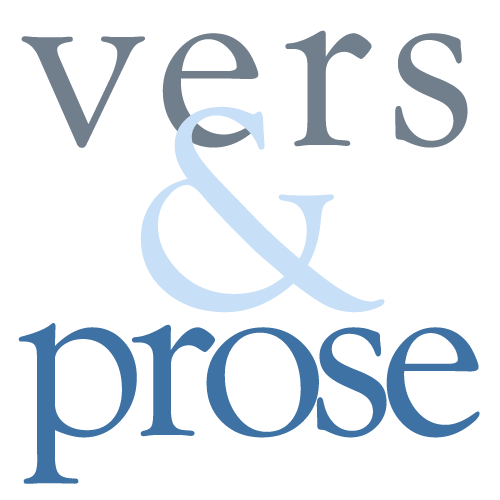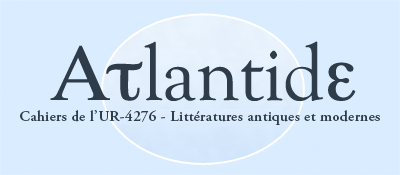 Mixité formelle arabe : exemples et enjeux
Mixité formelle arabe : exemples et enjeux
[Publication en ligne : 22 juillet 2014]
Résumé :
Cette étude analyse deux aspects importants de la littérature arabe : d’une part, les écrivains doivent choisir entre deux statuts, celui de poète ou celui de prosateur ; d’autre part, le mélange entre prose et poésie au sein d’un même texte produit une confusion entre ce qui relève du poétique et ce qui relève du prophétique. Les œuvres de Jâhiz (775-868), Ibn Sînâ (890-1037), Harîrî (1054-1122), Ibn Ruchd (1126-1198), Tahtâwî (1801-1873), Gibran (1883-1931), Tayyib Sâlih (1929-2008) et Ali Ahmad Saïd (1930-), illustrent ces deux spécificités de la littérature arabe et l’étude montre finalement que la mixité formelle entre prose et poésie s’apparente à une transgression. Ainsi, il est possible de mieux saisir comment la créativité formelle brise certains tabous idéologiques.
Abstract :
This study analyses two important aspects about Arabic literature : on the one hand, the authors have to choose between the statute of poetry writers and the statute of prose writers ; on the other hand, the mixture prose/poetry in the same text causes a mix-up between poetry and prophecy. By comparing some publications of Arabic writers like Jâhiz (775-868), Ibn Sînâ (890-1037), Harîrî (1054-1122), Ibn Ruchd (1126-1198), Tahtâwî (1801-1873), Gibran (1883-1931), Tayyib Sâlih (1929-2008) and Ali Ahmad Saïd (1930-), the author of this analysis reaches the conclusion that formal mixture of prose and poetry is a kind of transgression. This way, it is possible to determine how formal creativity breaks some ideological taboos.
Mots-clefs :
poésie, prophétie, Islam, critique, Coran
Pour citer cet article : Inès Horchani, « Mixité formelle arabe : exemples et enjeux », Vers et Prose : formes alternantes, formes hybrides, dir. Philippe Postel, Atlantide, n°1, 2014, http://atlantide.univ-nantes.fr/Mixite-formelle-arabe
Articles dans le même numéro :
Le traitement du prosimètre dans les Nouvelles exemplaires de Cervantès
L’insertion de poèmes dans le roman classique en Europe et en Chine
Pots-pourris de vers et de proses : de la satire ménippée au tribunal critique des Lumières (Saint-Hyacinthe, Pope)
Le prosimètre didactique et scientifique de la fin du XVIIIe au début du XXe siècle
&
La poésie comme suspens et syncope rythmique de la prose. Ugo Foscolo (1778-1827) et Samuel Taylor Coleridge (1772-1834)
Le récit romantique (Allemagne-Angleterre victorienne)
Enjeux du vers et de la prose dans la traduction française de La Maison de Vie de Dante Gabriel Rossetti


